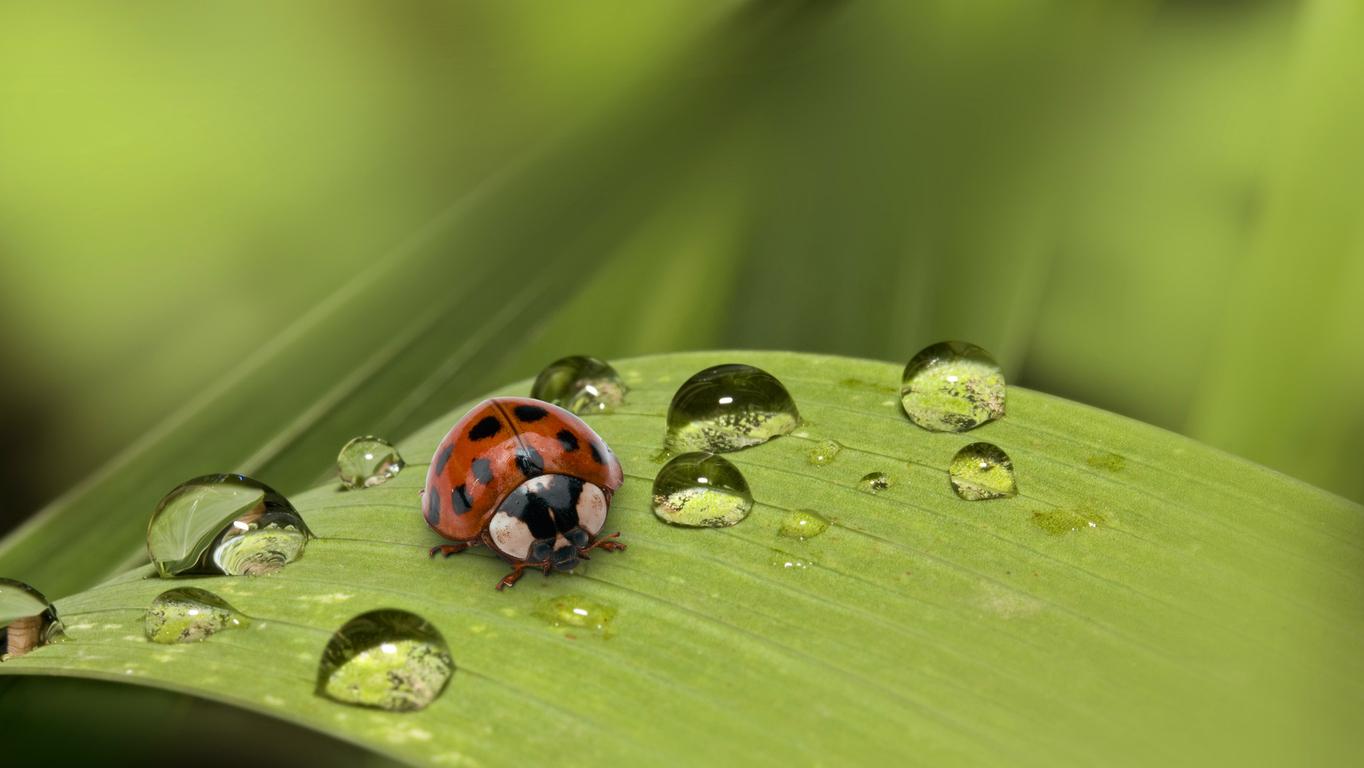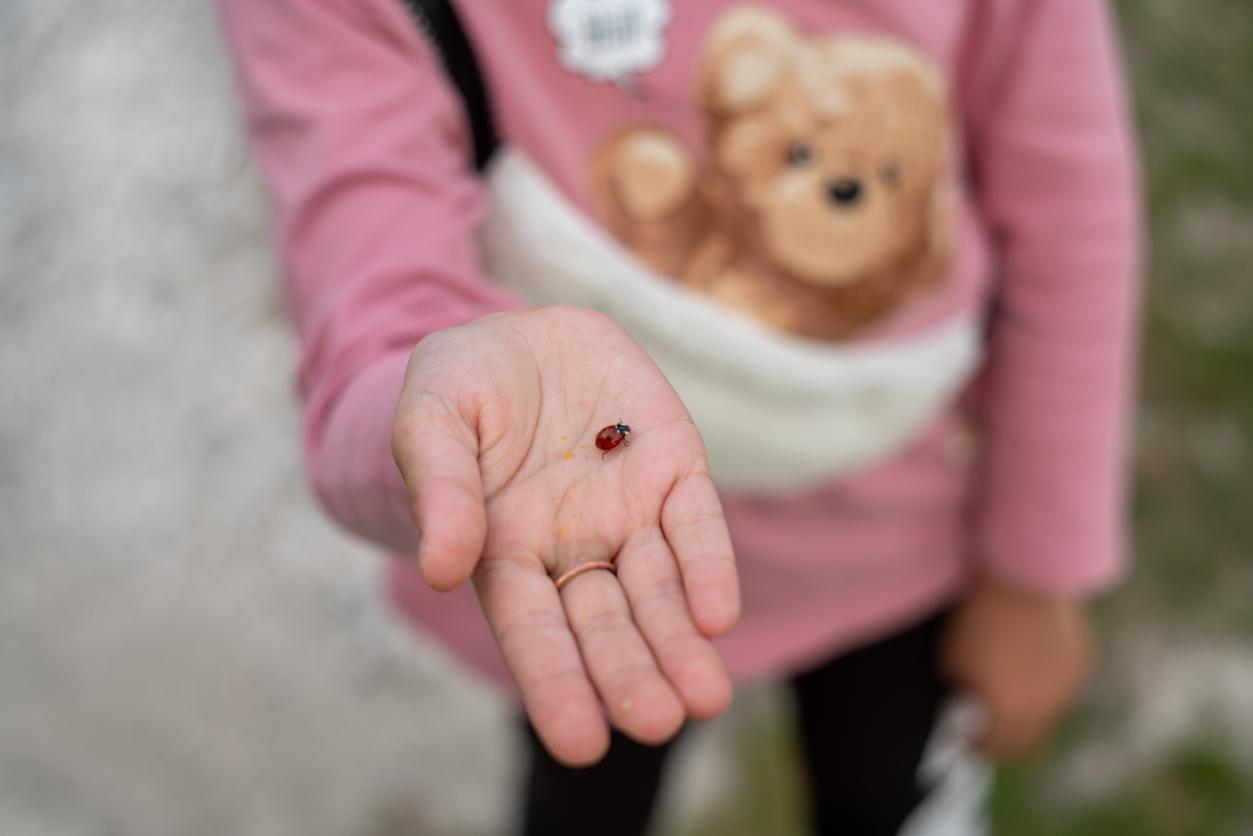What Do Ladybugs Eat? Attract Good Luck to Your Garden With These Foods
Some people believe the number of spots on a ladybug correlates to the number of years of good luck you'll experience.
Published April 26 2024, 1:12 p.m. ET

You may have seen an influx of ladybugs outdoors or inside your home recently, perhaps as an omen to the grand fortune that awaits you. For the entomophobic among us, if one lands on you in the summertime, you may wonder if ladybugs are attracted to humans as you ask with dread: "What do ladybugs eat?"
Luckily, we've got you covered. Whether you're an admirer of the beautiful insect or prefer to stay as far away as possible from them, it's important to ensure the safety of all wildlife and critters of all sizes, including ladybugs, and cater to their appetites.

What do ladybugs eat and drink? Here's why they like aphids.
According to the organic gardening retailer and resource hub Planet Natural, a ladybug's appetite encompasses small insects and their eggs, as well as other ladybug eggs, larvae, and pupae. Mature ladybugs are also known to consume nectar and pollen.
Still, with 6,000 species of ladybugs worldwide and roughly 450 species in North America, per Planet Natural, there must be one commonality among the prey that gets the ladybug tummy rumbling.
Indeed, aphids, which are small and wingless bugs, are consumed by the hundreds depending on the ladybug's life cycle stage. Aphids are generally considered pests by gardeners who sometimes employ ladybugs as natural pest control vehicles.
According to Planet Natural, a ladybug might consume 5,000 aphids within their lifetime. This is likely because of the ease with which ladybugs can hunt aphids in large quantities.
According to NewEngland.com, some species of ladybugs maintain an herbivorous diet, preferring to consume leaves rather than other insects. And according to a Cal Poly Pomona educational lesson, ladybugs prefer to drink water— but not too much, or else they'll drown.

What to feed ladybugs:
If you find yourself lucky enough to be in a position to care for a ladybug, you'll want to make sure you have plenty of nectar plants in your garden, along with safe water for the ladybug to drink.
According to Better Homes & Gardens, some pollinator-friendly and nectar-rich plants include bee balm, lavender, salvia, catmint, Fuschia, and thyme, to name a few.
Some people keep ladybugs as pets, and while we recommend allowing ladybugs to be free amongst nature, you might find yourself nursing one back to health.
If you've discovered that a plant has been overrun with aphids or that your garden has been visited by more mealy bugs and small spiders than normal, Planet Natural recommends pairing those with a wet paper towel or cotton ball for your ladybug's food and water sources.
If you're nursing a ladybug back to health and you're short on aphids and other small insects, vivarium retailer and resource website Bantam.Earth suggests flower petals, soft or decomposing fruit (like a banana), or ladybug food from a gardening center.
You can also make a homemade sugar-water mix to approximate the sweetness of the natural nectar ladybugs snack on.